The 6 Best Return Of Serves To Play In Singles Badminton
Even though you have a lot more space to play into in singles, people still struggle to know where to return to.
So, we analysed over 1000 singles return of serves from professional singles badminton matches and found the 6 best return of serves to play!
We also found that:
- Professional males serve low 86% of the time and high 14% of the time.
- Professional females serve low 40% of the time and high 60% of the time, which is quite different!
Of course this will vary between individuals but generally this is quite an accurate statistic for the split of low vs high serves across all levels of badminton!
The 6 best return of serves to play in singles are:
- From a low serve – lift, net shot, deceptive backhand net shot
- From a flick or high serve – clear, drop, straight slice
We’ll now go through these returns of serve, as well as some important points for executing each of them well!
Returns From A Low Serve
Return 1 – Lift (All Levels)
It might sound basic but playing a lift pushes your opponent to the back of the court which instantly creates space. We found that from a low serve, professional men and women play a lift return of serve 56% of the time.
This is a good choice of return of serve because:
- If you choose to play a net shot, this can invite your opponent to play another net shot.
- This will likely be tighter than yours as they’re playing it from in front of the service line rather than behind the service line (which is where you played it from when returning).
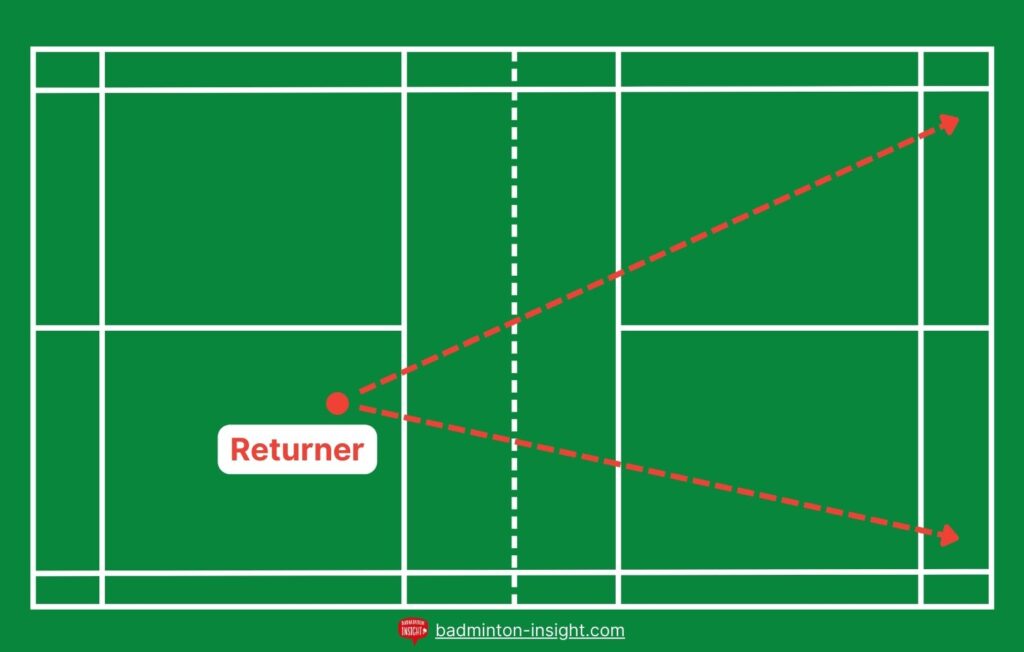
We have a few key points when doing these lifts to make sure it’s successful:
- You should vary the corner that you lift to and also vary the height of your lift. For example, flat lifts can put your opponent under more pressure meaning you can try to take the advantage & counter-attack on the next shot. But these need to be accurate otherwise they might get you into trouble!
- You should still take the shuttle early even when you know you’re going to play a lift! Don’t wait for it to drop down otherwise it might be more obvious to your opponent and will also put them under less pressure.
- Don’t just stand there and watch your lift after you’ve hit it. Instead you should assess your opponent’s position and get ready for the next shot!
Return 2 – Net Shot (Intermediate)
Despite what we’ve said above, playing to the net can still be a good return in certain situations. You can either play a deep net which lands around the service line so they can’t play a tight net as easily, or you can play a tight net shot.

If your net return is good quality, then your opponent can only either play a net shot back or a high lift. Here you can move your positioning forwards to anticipate the net shot as you should still have enough time to move back for the lift.
💡 Your returns will unlikely be winning shots, but if you can play the returns with purpose and look for the next shot then you can get into a good position and maybe win the point on the following shots!
Return 3 – Deceptive Backhand Net Shot (Advanced)
A deceptive return is a great shot to use to unsettle your opponents right from the start of the rally and in fact professional players used some sort of deception in 10% of their returns.
This deceptive net is played when the serve comes to your backhand side (from the right box if you’re right handed and the left box if you’re left handed).
Here, you look like you’re going to play a straight shot and then at the last second you turn your shoulders to face the left side if you’re right-handed and the right side if you’re left-handed and play a cross shot instead.
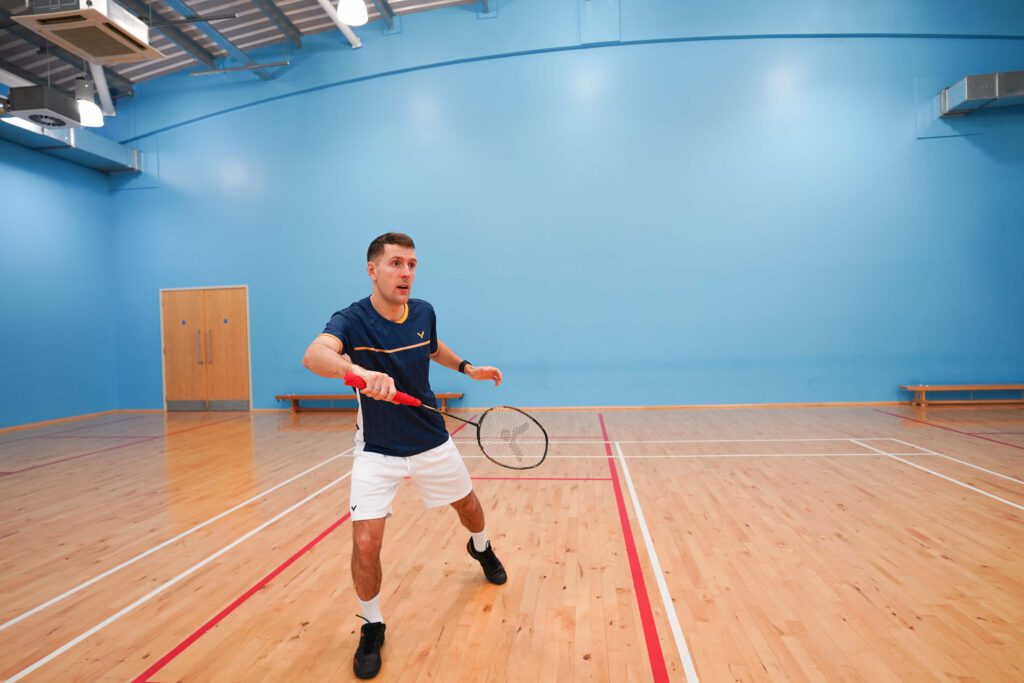

Your shoulder movement is what creates the deception in the shot so it’s really important to get this right.
We wouldn’t recommend overusing this deception – about 10% is a good amount otherwise your opponents will get used to it and it will no longer be deceptive!
It’s also a good idea to play a straight shot in the return first before you use this deceptive cross court shot.
Returns From A Flick Or High Serve
Return 4 – Clear (All Levels)
This return was used around 19% of the time for males and 36% of the time for females. Similar to what we said for the lift, this is used to move your opponents to the back of the court and it’s important to vary the corner you clear to.
Hitting it accurately with a good length is also important as if you’re clearing it short to the middle it’s so easy for your opponent to hit their third shot on balance and put you under pressure!
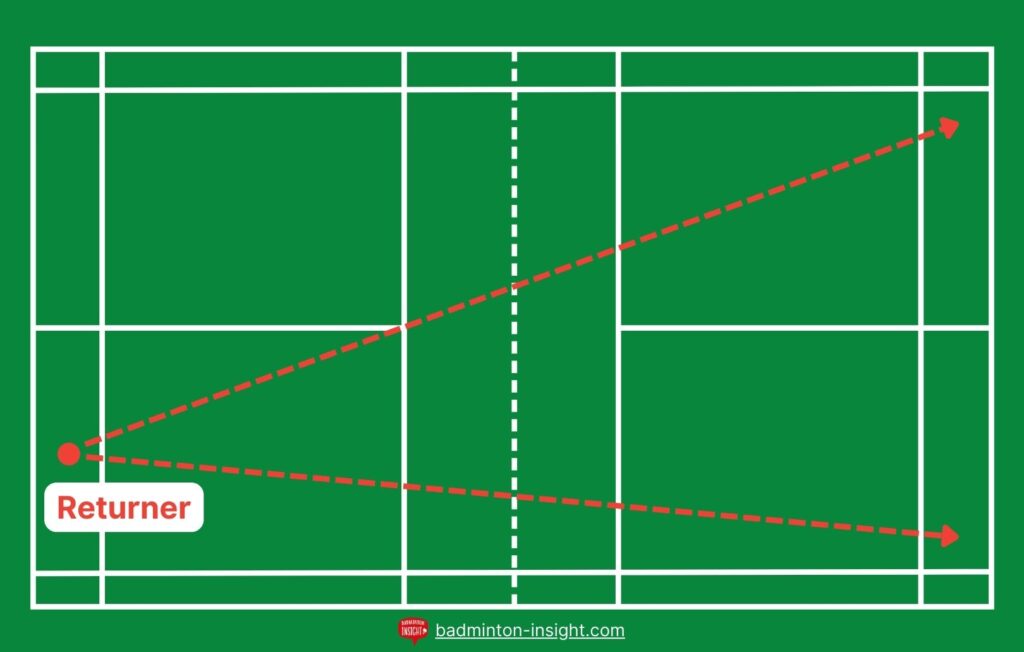
Return 5 – Drop Or Fast Drop (Intermediate)
This was by far the most used shot from a flick or high serve, being used 56% of the time by professional males and 47% of the time by females!
We noticed 2 interesting things from our research:
- From a forehand high serve, the drops and fast drops varied between both straight and cross.
- However, from a backhand flick serve almost all of these drops or clips were straight!
This is because from the flick serve you’re slightly less on balance and if you played cross, the easiest shot for your opponents is a straight block or net shot. This would mean you have to move the longest distance on the court and potentially take it late and put yourself under pressure!
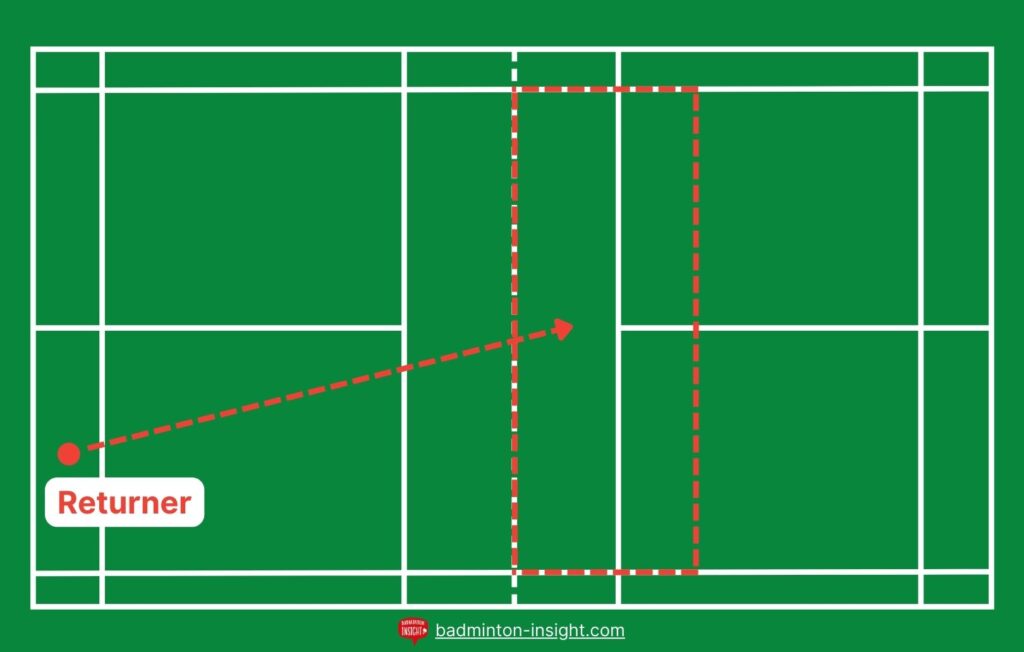
Return 6 – Straight Slice (Advanced)
This is for more advanced players as it requires a high skill level to play with accuracy. If you aren’t accurate and slice it to the middle for example then your opponent won’t have to move and can put you under a lot of pressure.
The advantage of playing a slice is that the shuttle typically lands in front of your opponent – meaning they have to reach down and they have fewer options of playing a shot that puts you under pressure.
This is because you have a fast swing so it looks like you’re going to play a smash but the slice takes the pace off the shuttle and surprises them.
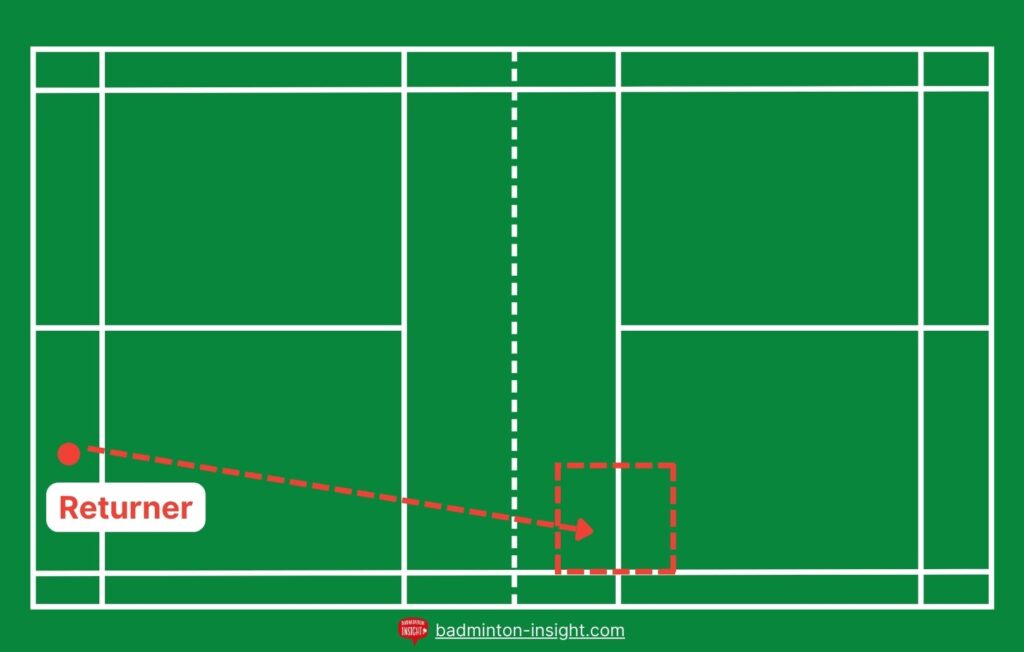
Should You Play A Smash On A Return Of Serve In Singles?
You might have noticed that we didn’t cover a smash off the return, and might be wondering why?
Well, when we watched over 100 flick serves to professional males, we only saw a few smashes and it often put the player returning under a lot of pressure straight away! So we wouldn’t recommend this unless the serve is bad quality, your opponent has a weak defence or if you have a really good smash.
Learn More
Of course, this isn’t a complete list of what returns you can play, but this is what we found worked best for the pros, which means they can definitely work for you too! To learn more about how to improve your singles game, you can check out our singles defence tutorial here.
Or, to watch video demonstrations of all 6 returns we’ve discussed above, you can watch our full YouTube video below.

